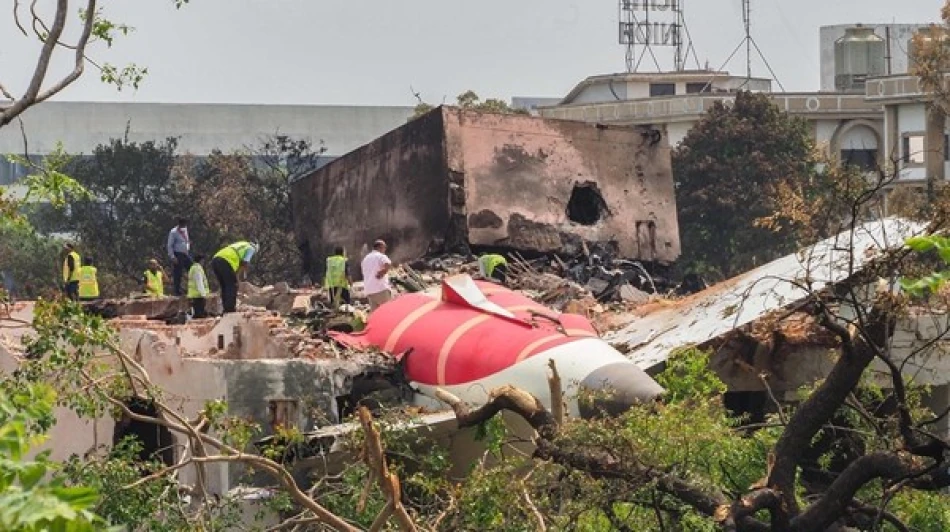
Operator Responds to Investigation into Distressed Indian Aircraft Incident
Air India CEO Warns Against Premature Conclusions as Crash Investigation Reveals Cockpit Confusion
Air India's chief executive has urged caution in interpreting preliminary findings from last month's devastating Boeing 787 crash that killed 260 people, as investigators revealed critical fuel supply switches were mysteriously shut off during the aircraft's final moments. The initial report exposes cockpit confusion but stops short of identifying root causes, leaving the aviation industry grappling with questions about pilot procedures and aircraft systems.
Preliminary Findings Point to Human Factor Questions
Campbell Wilson, Air India's CEO, addressed employees in an internal memo Monday following the release of preliminary crash findings by India's Aircraft Accident Investigation Bureau. The Boeing 787 Dreamliner, en route from Ahmedabad to London, lost thrust and crashed shortly after takeoff, killing 242 of 243 passengers and crew, plus 19 people on the ground.
The investigation revealed a chilling exchange captured on the cockpit voice recorder: one pilot asked the other why fuel had been cut off to both engines. "The other pilot replied that he had not done so," according to the report. Investigators confirmed that fuel supply switches to both engines were turned off almost simultaneously, but crucially failed to explain how or why this occurred.
No Mechanical Failures Found
The preliminary report cleared the aircraft and Air India's maintenance practices of blame, finding no mechanical defects or maintenance shortcomings. All required maintenance procedures had been completed, according to Wilson's memo to staff. This shifts focus toward human factors and cockpit procedures during what appears to have been a critical emergency sequence.
Industry Implications and Safety Concerns
The findings raise uncomfortable questions for Boeing and the broader aviation industry about cockpit design and pilot training protocols. The simultaneous shutdown of both fuel supply switches—whether accidental, intentional, or system-triggered—represents a scenario that demands immediate investigation by regulators worldwide.
For Air India, the crash represents a significant reputational challenge as the carrier works to rebuild its image under new ownership. The airline was privatized in 2022 after years of financial struggles, with the Tata Group investing heavily in fleet modernization and service improvements.
Regulatory and Market Response
Aviation safety experts will likely scrutinize Boeing's cockpit design and fuel system controls across the 787 fleet. While the Dreamliner has generally maintained a strong safety record since resolving early battery issues, any systemic concerns could prompt regulatory action affecting the aircraft's operational status globally.
The investigation's preliminary nature means airlines, insurers, and manufacturers face months of uncertainty. Wilson's emphasis on avoiding "premature conclusions" reflects industry awareness that initial findings often evolve significantly as investigations progress.
What Comes Next
The complete investigation will examine pilot training records, cockpit procedures, aircraft system design, and human factors that may have contributed to the tragedy. Investigators must determine whether the fuel cutoff resulted from pilot error, system malfunction, or design flaws that could affect other aircraft.
For the aviation industry, this crash underscores ongoing challenges in balancing aircraft automation with pilot decision-making during emergencies. The final report, expected within months, will likely influence pilot training standards and potentially aircraft design requirements across the global fleet.
Most Viewed News

 Layla Al Mansoori
Layla Al Mansoori






